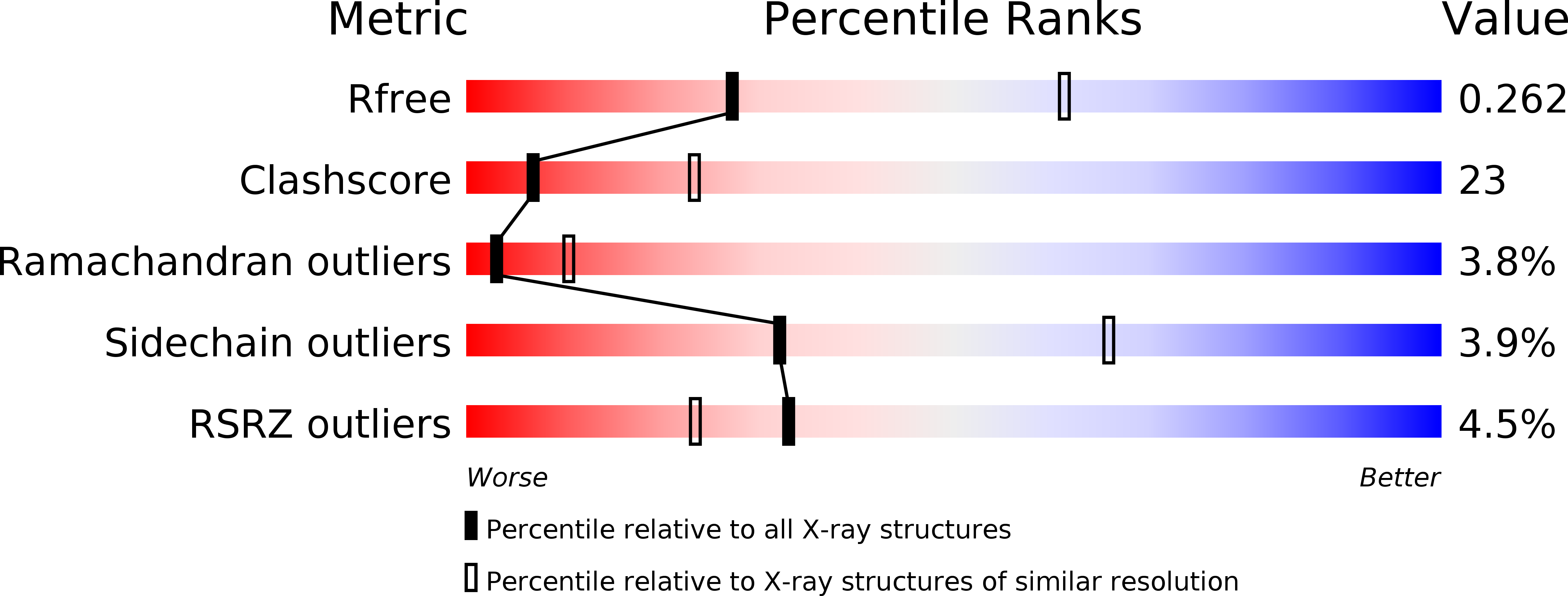
Deposition Date
2006-02-28
Release Date
2006-08-15
Last Version Date
2023-08-30
Entry Detail
PDB ID:
2G7K
Keywords:
Title:
Structure of the Light Chain of Botulinum Neurotoxin, Serotype A Bound to small Molecule Inhibitors
Biological Source:
Source Organism:
Clostridium botulinum (Taxon ID: 1491)
Host Organism:
Method Details:
Experimental Method:
Resolution:
2.80 Å
R-Value Free:
0.26
R-Value Work:
0.22
R-Value Observed:
0.22
Space Group:
P 21 21 21


